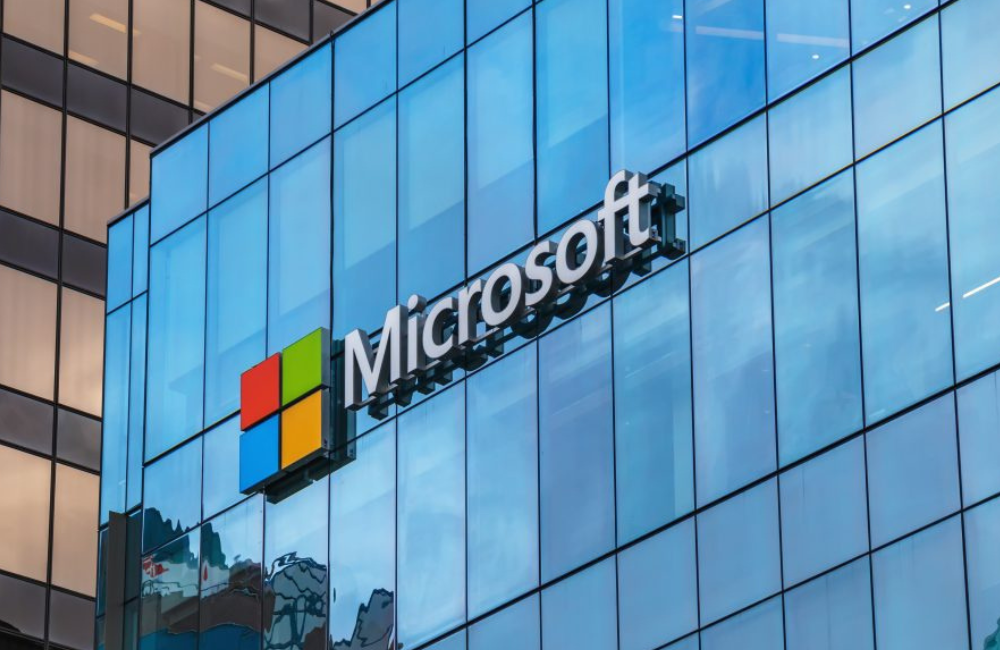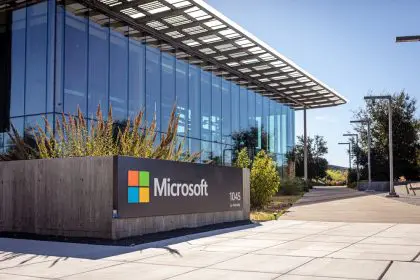Microsoft announced Tuesday a significant workforce reduction affecting 6,000 employees, representing approximately 3% of its global staff. The layoffs span all levels, teams, and geographic locations as the technology giant realigns its operations to prioritize artificial intelligence development and enhance operational efficiency.
This restructuring marks the company’s largest reduction in two years, following a previous cut of 10,000 positions in 2023. The announcement comes amid a broader transformation strategy that has seen Microsoft invest heavily in AI infrastructure while streamlining management structures across its divisions.
Layoffs follow strong financial performance
The job cuts arrive just weeks after Microsoft reported robust sales and profits for the January-March quarter, highlighting the complex balance between financial success and organizational restructuring. During an April earnings call, the company’s Chief Financial Officer Amy Hood discussed Microsoft’s commitment to building high-performing teams and increasing organizational agility.
Despite the current reductions, Hood noted that Microsoft’s overall headcount had actually increased by 2% compared to the previous year, though it had slightly decreased since the end of 2024. This suggests the layoffs represent a strategic realignment rather than a response to financial difficulties.
The cuts will impact multiple sectors within Microsoft’s business operations, including its Xbox gaming platform and the professional networking site LinkedIn, according to reporting from The Associated Press. Microsoft representatives emphasized that the layoffs reflect changing business priorities rather than employee performance issues.
What’s driving Microsoft’s strategic shift
Several elements appear to be influencing Microsoft’s decision to reduce its workforce while simultaneously increasing AI investments. The company has committed over $80 billion this fiscal year to AI infrastructure development, including expanded data center capabilities. Microsoft is integrating AI technology across its core product lineup, including Microsoft 365, Azure cloud services, and Dynamics 365.
Leadership is streamlining management structures to increase organizational agility in response to rapidly evolving market conditions. These factors reflect Microsoft’s strategic pivot toward positioning artificial intelligence as the central driving force behind its future growth. The company appears to be reallocating resources away from traditional business areas and toward emerging AI technologies that promise to transform workplace productivity.
Human impact amid corporate transformation
The layoffs have created significant emotional challenges for both affected employees and managers tasked with implementing the cuts. Social media platforms have seen numerous posts from displaced workers sharing their experiences and seeking new opportunities.
Scott Hanselman, a Microsoft vice president working in the developer community, described the difficult process of communicating the layoffs to team members. His public comments highlighted the personal connections and professional aspirations disrupted by corporate restructuring decisions.
The human dimension of these layoffs underscores the personal cost of technological transformation, even as Microsoft positions these changes as necessary for long-term competitiveness.
Microsoft’s accelerating AI integration
As Microsoft reduces its workforce in certain areas, it continues aggressive expansion of its artificial intelligence capabilities. The company has made substantial infrastructure investments to support increased computational demands associated with developing and deploying AI tools.
During industry discussions, Microsoft CEO Satya Nadella has noted that AI is already generating significant portions of code within company projects, demonstrating how automated systems are assuming responsibilities previously handled by human programmers.
This shift toward AI-assisted development aligns with Microsoft’s broader vision of transforming workplace productivity through intelligent tools that augment human capabilities. The company appears to be restructuring its workforce to better support this AI-centric strategy.
Industry implications beyond Microsoft
The Microsoft layoffs reflect broader trends across the technology sector as companies adjust to rapid advancements in artificial intelligence. Many organizations are reevaluating their staffing needs as AI systems demonstrate increasing capabilities in areas once considered uniquely human domains.
This transition creates significant challenges for affected workers while also opening potential opportunities in emerging fields related to AI development, implementation, and oversight. As Microsoft and other technology leaders continue investing in artificial intelligence, the composition of their workforces will likely continue evolving.
For Microsoft specifically, the current reductions represent a calculated strategic decision to remain competitive in a rapidly changing technological landscape. The company appears to be balancing short-term disruption against long-term positioning in a market increasingly defined by artificial intelligence capabilities.
The implications of these changes extend beyond Microsoft’s immediate workforce to influence industry standards, competitive dynamics, and the broader relationship between technology companies and their employees. As Microsoft navigates this transition, its approach will likely serve as a significant reference point for other organizations facing similar technological inflection points.














